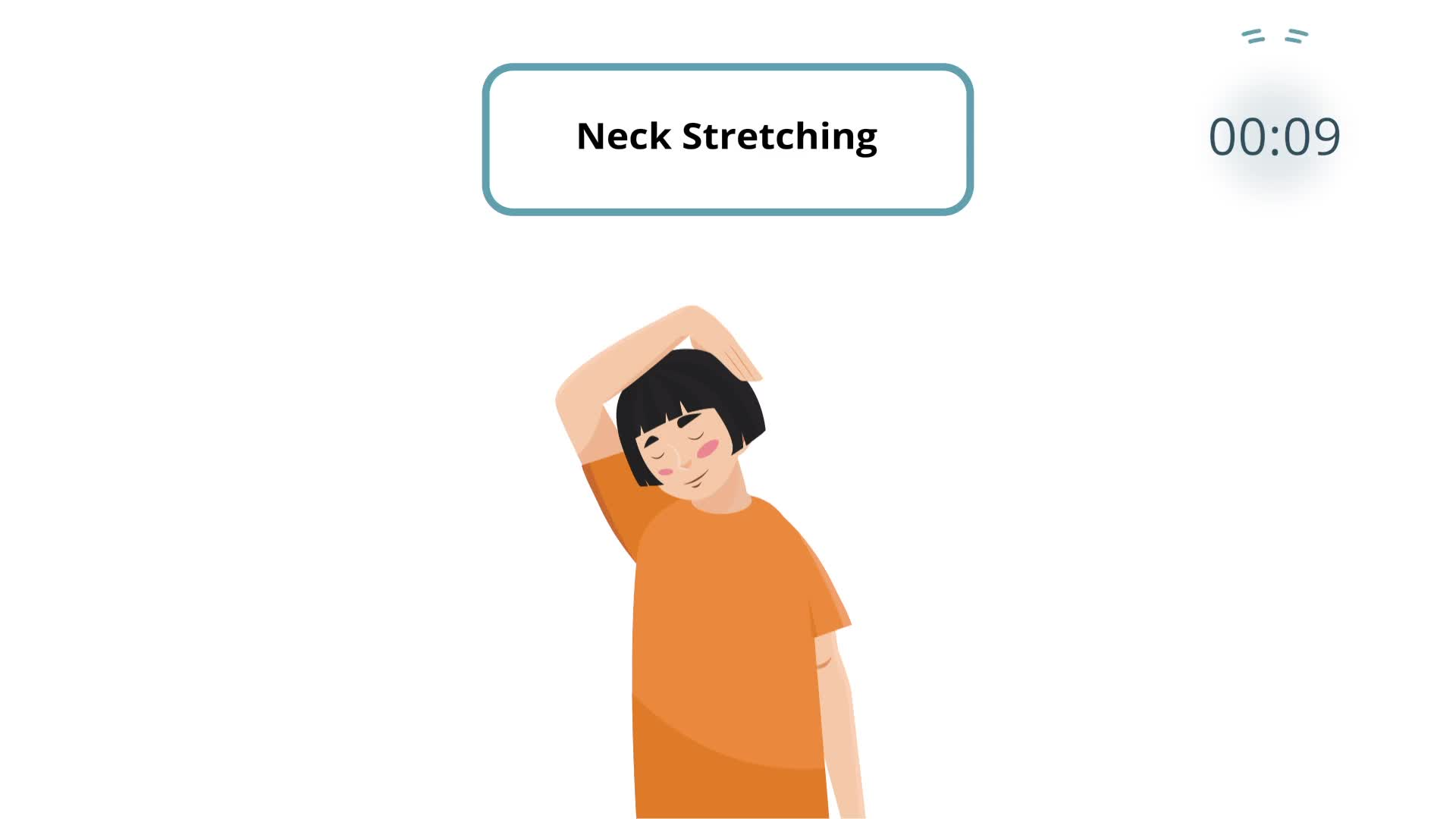
Teaching children mindfulness at an early age can help them develop essential skills for managing stress and focusing on the present moment. In this blog post, we will explore a no-prep mindfulness stretching activity, discussion questions, and related skills for elementary students. We will also provide information on how you can access free sample materials to support your students’ social-emotional learning journey.
Introduction
Mindfulness is the practice of being present and fully engaged in the current moment, without judgment or distraction. By introducing mindfulness through stretching, we can help students learn to calm and focus themselves in a short amount of time. This activity can be easily integrated into the classroom routine, providing a much-needed break for students to reset and recharge.
No-Prep Activity
This mindfulness stretching activity requires no preparation or materials from the educator. Follow these simple steps to guide your students through the exercise:
- Have students find a comfortable space to sit, either on the floor or in their chairs. Ensure they are seated with good posture, relaxing their shoulders, neck, and face.
- Ask students to close their eyes and focus on the feeling of their breath. Guide them through three deep breaths together, inhaling and exhaling slowly.
- Encourage students to clear their minds of any negative thoughts or feelings, focusing only on the movements and stretches they will be completing together.
- Have students open their eyes and guide them through a series of gentle stretches, such as turning their heads side to side, bringing their chins to their chests, and tilting their chins upward.
- Conclude the activity by having students take a few more deep breaths and return to their normal seated positions.
This mindfulness stretching activity can be practiced regularly to help students develop the habit of calming and centering themselves during the school day.
Discussion Questions
After completing the mindfulness stretching activity, engage students in a conversation about their experience with the following discussion questions:
- How did the stretching activity make you feel? Did you notice any changes in your thoughts or emotions?
- Why do you think it’s essential to take breaks and practice mindfulness during the day?
- Can you think of other situations where practicing mindfulness might be helpful?
- What other techniques or activities can help you focus on the present moment and calm your mind?
Related Skills
In addition to mindfulness, there are several other skills that can support students’ social-emotional learning and overall well-being. Some of these skills include:
- Emotion regulation: Learning to identify, understand, and manage emotions in a healthy way.
- Stress management: Developing strategies to cope with and reduce stress in daily life.
- Active listening: Enhancing communication by fully concentrating, understanding, and responding to what others are saying.
Next Steps
If you’re interested in exploring more activities and resources to support your students’ social-emotional learning, we encourage you to sign up for free samples of our materials at Everyday Speech. You’ll find a variety of engaging and practical tools designed to help students develop essential life skills.

